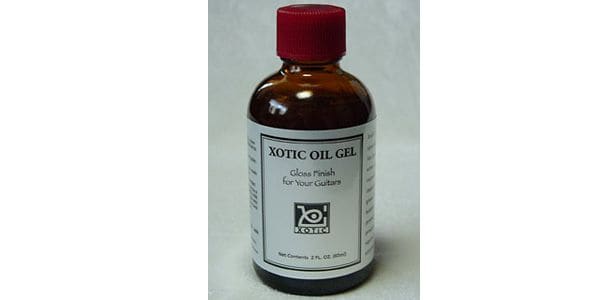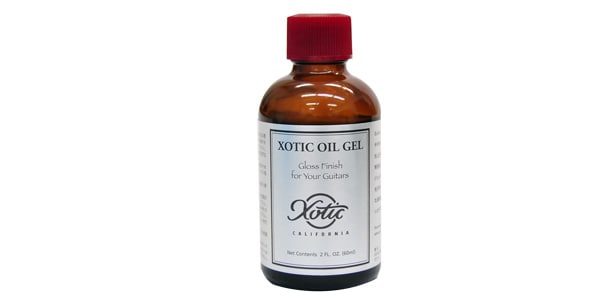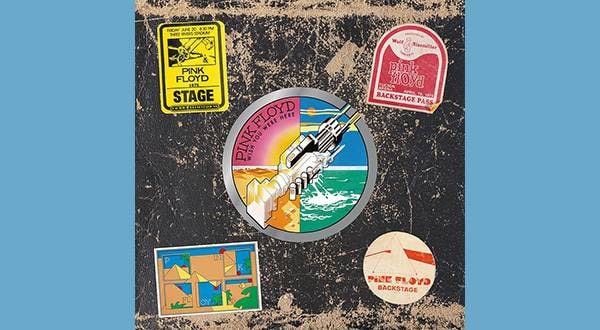Hello! My name is Takuto Fujioka, guitarist in an acoustic unit called BABY BABY.
I did an experimental DIY today that I was really interested in, so I would like to share it with you.
As the title says, this time: “How will the sound change if I apply a finish to the inside of the acoustic guitar?"
Since the acoustic guitar has a hollow structure, you can see the inside from the sound hole, but most acoustic guitars are not painted inside. When I looked it up, I was able to find information that some high-end acoustic guitars and classical guitars were finished with lacquer when they were assembled. However, I do not know how the sound would change. So at this point, I decided I have to try it myself! So I actually did it!
The acoustic guitar I used this time is Recording King RPS 7.
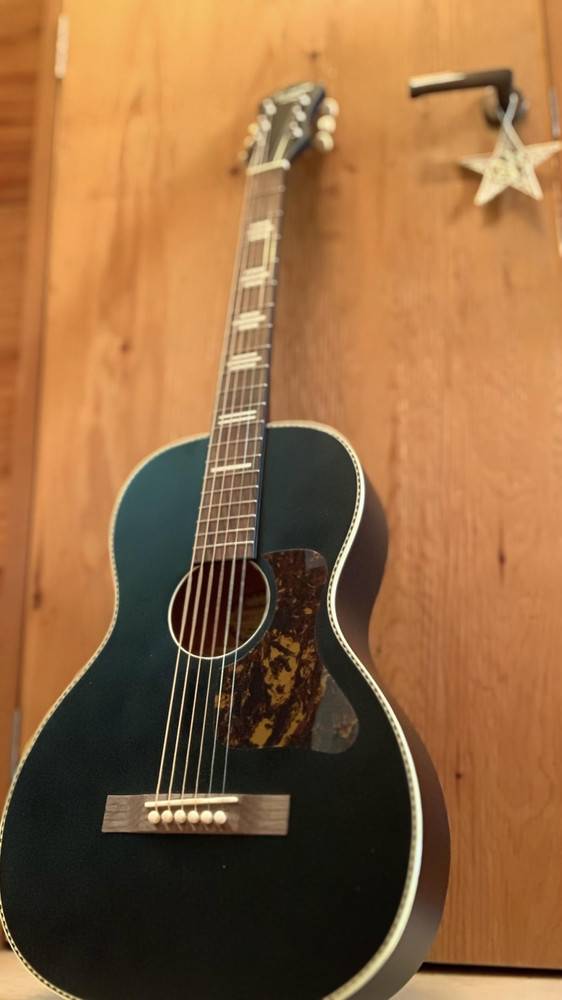
This guitar has a loud live sound despite being a small parlor-sized guitar. It sounds good, but I feel that it is too loud and the bass sounds weak. You call it a feeling that there is no outline, I think. Also, there were few overtones on the whole, and I felt it was unnatural as the sustain was too strong. Perhaps it is due to the fact that the side and back is made of a light, low density material called white wood. I wasn’t particularly dissatisfied with the current sound, but I wondered how it would change if I applied a finish to the inside? This got me excited…!
I used xotic oil gel for finishing.
This product looks like oil, but it is a finish that is used for oil finishes that cures and forms a film coating. There is little of odor that is often found in finishes, and you can take out the necessary amount on a cloth and wipe it, so workability is high. This time, I chose this because I thought about finishing the inside of the acoustic guitar, which is hard to reach.
I applied the finish on the side and back with a cloth where I could reach. The body end side was a little out of reach, but I applied it in as wide a range as possible.
It was easy, but I recorded it, so please compare the sound before and after painting!
The microphone used is and OBANA MICROFONE OBA-G5.
I also tried to match the waveforms.
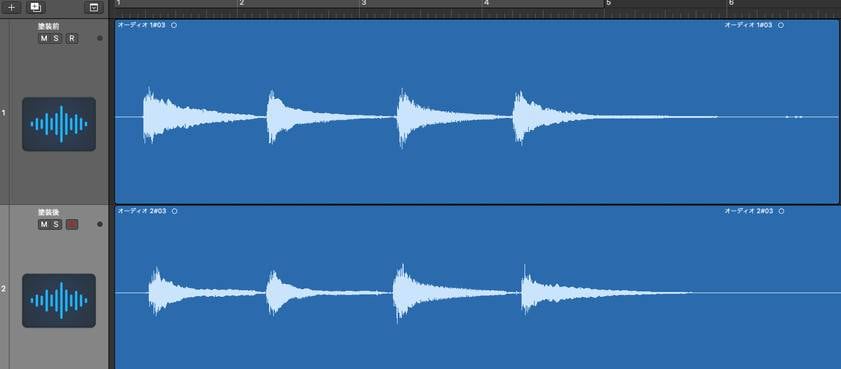
The top is before applying the finishand the bottom is after applying the finish.
First, looking at the waveform, the volume is low overall. Of course, since it is a live sound recording of an acoustic guitar, a function like a looper cannot be used, so I think there is a problem with the player. I tried to record with as little volume difference as possible, but the result looked like this. The corrugated shape after applying the finish is a little distorted in shape, but when you hear it with your ears, it feels strangely cohesive. The difference is small, but it isn't louder than necessary, giving the impression that it's well-balanced.
The sustain itself doesn't seem to change much before and after applying the finish... However, before applying the finish, it feels dynamic and the bass range is persistent, and after applying the finish, it feels delicate and elegant. I think this is a matter of taste, but I felt that it was easier to listen to and play after applying the finish.
I think that the way the bass sounds that I was most concerned about has changed considerably. Before applying the finish, the impression was blurry, but after applying the finish, the sound became firmer and the tone became harder. I feel that the volume of the bass has also decreased due to the decrease in volume.
I also checked the EQ.
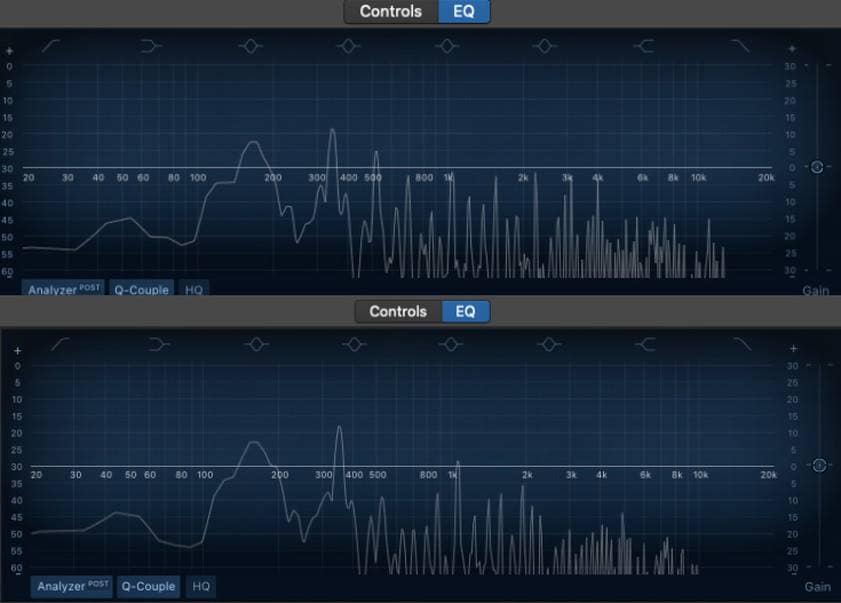
The top is before applying the finish and the bottom is after applying the finish.
If you look at this, you can see that the appearance of the low range itself has not changed significantly after applying the finish, and the appearance of the mid to high range has become modest. Did the bass sound change as the overtone components changed? Personally, I think that the sound output was refreshed by suppressing 500k to 800k. It's a nice change because I often suppress this area whether I’m recording or mixing.
I think that the most common side and back materials for acoustic guitars are rosewood and mahogany, but the difference in the hardness of the wood also affects the tone. This time, I was able to change the tone slightly by changing the hardness of the body itself depending on the finish applied and the film. Since the materials and parts have not changed, the tone itself cannot be changed significantly. Don't expect too much, but personally I'm happy with the result. It's relatively easy to do, but once you've applied the finish, you can't turn it back. So if you're trying it out, it's a good idea to have an experimental guitar and try it out at your own risk! Personally, I think it's easy to see changes on cheap guitars that use low-density wood and guitars with a light satin finish. What would be the change with Dreadnought and Triple O size acoustic guitars? I would like to try this again if I have a chance!
See you soon!





